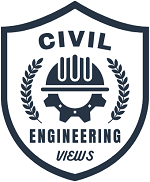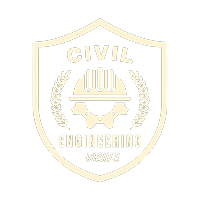Bending Moment and Shear Force in RCC Column Beam And Slab
Bending moment and shear force are fundamental concepts in the analysis and design of RCC columns, beams, and slabs. how these forces affect the behavior of structural elements is essential for ensuring the safety and stability of reinforced concrete structures. Bending Moment And Shear Force in RCC Column Beam And Slab
Introduction of Bending Moment and Shear Force
Reinforced Concrete (RCC) structures are ubiquitous in modern construction due to their versatility, strength, and durability. Concept of the mechanics behind RCC elements like columns, beams, and slabs is crucial for structural engineers and architects. Among the key concepts in structural analysis are bending moment and shear force, which play pivotal roles in determining the behavior and design of RCC structures.
What is The Bending Moment
Bending moment is a measure of the internal forces within a structural member subjected to external loads. In RCC columns, beams, and slabs, bending moments occur due to the applied loads, such as gravity loads from the building’s superstructure and lateral loads from wind or seismic forces. When a beam or slab is subjected to a load, it experiences bending, resulting in tension on one side (bottom) and compression on the other side (top). The bending moment at any point along the member is the algebraic sum of the moments caused by these forces.
What is The Shear Force
Shear force, on the other hand, is the internal force that acts parallel to the cross-section of a structural member. In RCC elements, shear forces develop due to the vertical loads and any eccentricity in the loading. Shear force is responsible for the sideways movement or deformation of a structural member. In beams and slabs, shear force can cause diagonal cracking and failure if not adequately accounted for in the design.
Behavior of RCC Columns Beams and Slabs
In RCC columns, the bending moment varies along the height of the column, with maximum bending moment typically occurring at the base where the column is subjected to the highest loads. Shear force in columns is generally lower compared to beams and slabs due to their vertical orientation and load-bearing capacity.
Beams are horizontal structural members that primarily resist bending. Bending moments in beams are highest at the supports and decrease towards the mid-span. Shear forces in beams are usually highest near the supports and can lead to shear failures if not properly reinforced.
Slabs, whether one-way or two-way, are subjected to bending in two directions. One-way slabs bend primarily in one direction, while two-way slabs bend in both directions. Bending moments and shear forces in slabs depend on their geometry, loading conditions, and support conditions.

Design Considerations
In the design of RCC structures, engineers must consider bending moments and shear forces to ensure that the elements can safely support the applied loads without exceeding their capacity. This involves calculating the maximum bending moments and shear forces using structural analysis methods such as the moment distribution method or finite element analysis.
Reinforcement detailing is crucial to resist bending moments and shear forces effectively. In beams and slabs, providing adequate reinforcement in the form of steel bars helps to enhance their flexural and shear capacities. In columns, longitudinal and transverse reinforcement is provided to withstand bending moments and shear forces.
By considering bending moments and shear forces during the design phase and appropriately reinforcing the elements, engineers can create robust and resilient RCC structures capable of withstanding various loading conditions for years to come.


